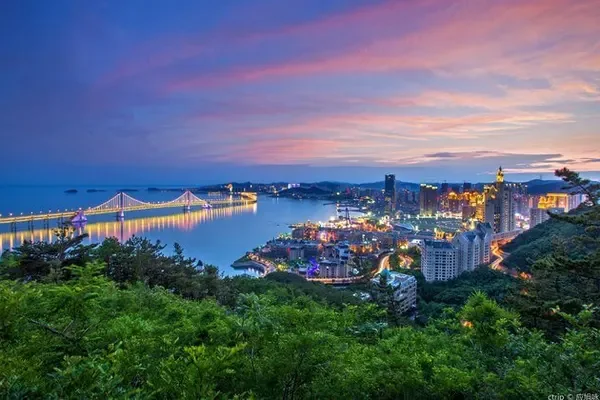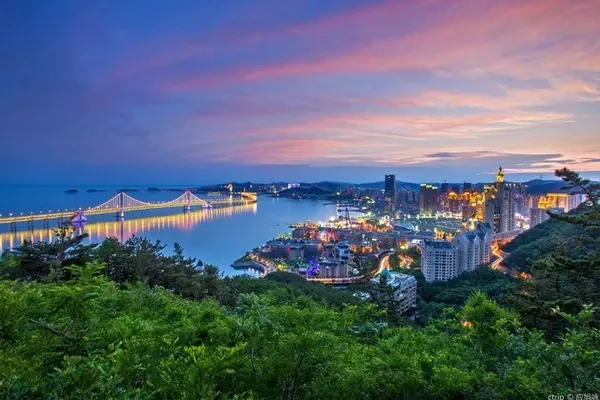introduce
The Yulin Grottoes are part of the Dunhuang Grottoes, excavated before the Sui and Tang Dynasties. There are 43 existing caves in the Tang, Five Dynasties, Song, Xixia, Yuan and other dynasties, distributed on the cliffs on the east and west banks of Yulin, 32 on the East Cliff, 11 on the West Cliff, 4,200 square meters of murals, and 259 painted sculptures, accounting for about 100,000 square meters. One-ninth of the total area of Gaoku murals. Yulin Grottoes are in the same line as Mogao Grottoes in terms of content, artistic style, and painting form, and they are both sister grottoes.

The value of Yulin Grottoes is mainly reflected in the exquisite murals, including exquisite portraits of Buddhas and Bodhisattvas, grand paintings of Buddhist stories, a wide variety of flowers and animals, and extremely exquisite decorative patterns.
Most of the murals were created during the 800 years from the Tang Dynasty to the Yuan Dynasty. Some images are not seen in grottoes in other regions, such as the portraits depicting the support of the Cao family of the Jiedushi in Guazhou (Cave 19), the images of the painters of the Dugou Academy of Painting, and the sand paintings. The craftsmen of the state are engaged in the portrait of the envoy Bao Bao of the Painting Academy, the statue of Wu Baolin, the known painter (Cave 35), the portrait of the Dangxiang military officer in the Western Xia Dynasty, and the picture of Tang monks learning Buddhist scriptures, etc. Among them, the Tang Dynasty murals in Cave 25 are rare treasures in the world.
opening hours
May 1-October 31 09:00-17:30 (ticket sales stop 16:30); November 1-April 30 next year 10:00-17:00 (ticket sales stop 16:00); The specific business status is subject to the opening of the day

